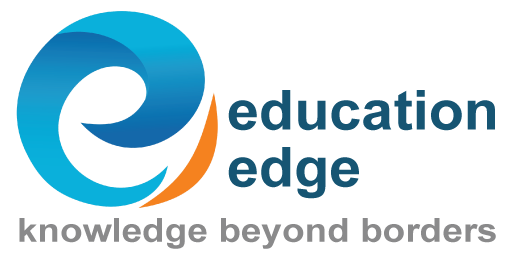Project Lifecycle
The project life cycle is a collection of generally sequential and sometimes overlapping project phases whose name and number are determined by
(1) the management and control needs of the organizations involved in the project (2) the nature of the project (3) Its area of application
Organizational structures
-Functional
-Matrix (weak (managed by functional manager), balanced (mixed management), strong (managed by project manager))
-Projectized
-Composite (mix of functional, matrix and project)
Project Stakeholder
individual, group or organization who may affect, be affected by, or perceive itself to be affected by a decision, activity or outcome of a project. May be actively involved in the project, or whose interests may be positively or negatively affected by the performance or completion of the project
Sponsor
the person or group that provides resources and suport for the project and is accountable for enabling success.
Customers/users
the persons or organizations who will approve and manage the project’s product, service or result. Users will use the project’s product, service, or result.
Sellers (vendor, supplier, or contractor)
external companies that enter into a contractual agreement to provide components or services necessary for the project.
Functional Managers (as related to stakeholders)
key individuals who play a management role within an admin or functional area of the business, ex: finance, accounting, hr, etc.
Project managers
Assigned by the performing organization to achieve the project objectives and is the lead person responsible for communicating with all stakeholders, particularly the project sponsor, project team, and other key stakeholders, and occupies the center of the interactions between stakeholders and the project itself.
Project team
Comprised of the project manager and the group of individuals who act together in performing the work of the project to achieve its objectives..
Project Governance
An oversight function that is aligned with the organization’s governance model and that encompasses the project life cycle. Provides the pm and team with structure, processes, decision-making models and tools for managing the project while supporting and controlling the project for successful delivery. Involves stakeholders, policies, procedures and standards.
Project Success
Should be measured in termos of completing the project within the constraints of scope, time, cost, quality, resources and risk as approved btwn pm and senior mgmt. PM shall set realistic and achievable boundaries fo the project iot accomplish within approved baselines.
Series of phases that a project passes through from its initiation to its closure. Phases can be broken down by functional or partial objectives, intermediate results or deliverables, milestones or financial availability. Can be predictive or plan-driven or adaptive to change driven approach.
Generic life cycle structure
-starting the project
-organizing and preparing
-carrying out the project work
-closing the project
-organizing and preparing
-carrying out the project work
-closing the project
Characteristics of generic project lifecycle (2-9)
– cost and staffing levels are low at the start, peak as work is carried out and drop at close
-some cost much more at the beginning to acquire needed resources
-risk and uncertainty is greatest at the start of the project, then decrease over lifecycle
-ability to influence the final characteristics of the project’s product without significant impact to cost is highest at the start and decreases towards completion
-some cost much more at the beginning to acquire needed resources
-risk and uncertainty is greatest at the start of the project, then decrease over lifecycle
-ability to influence the final characteristics of the project’s product without significant impact to cost is highest at the start and decreases towards completion
Project Phases
project phase is a collection of logically related project activities that culminates in the completion of one or more deliverables.
Characteristics of all phases
-work has a distinct focus that differs from any other phase
-achieving the primary deliverable or objective of the phase requires controls or processes unique to the phase or its activities
-closure of a phase ends with some form of transfer or hand-off of the work. Point may be referred to as a stage gate, milestone, phase review, phase gate or kill point. Usually needs to be approved.
-achieving the primary deliverable or objective of the phase requires controls or processes unique to the phase or its activities
-closure of a phase ends with some form of transfer or hand-off of the work. Point may be referred to as a stage gate, milestone, phase review, phase gate or kill point. Usually needs to be approved.
Phase to phase relationship
Two basic types:
Sequential (reduces uncertainty but can’t reduce time for delivery) or overlapping (can fast track but may increase risk and cause rework)
Sequential (reduces uncertainty but can’t reduce time for delivery) or overlapping (can fast track but may increase risk and cause rework)
– Predictive Life Cycle
-Iterative and Incremental Life Cycles
(start with a vision, intentionally repeat one or more activities in order to incrementally ad to the functionality)
-Adaptive life cycle: used in a rapidly changing environment to respond to high levels of change and ongoing stakeholder involvement.
-Iterative and Incremental Life Cycles
(start with a vision, intentionally repeat one or more activities in order to incrementally ad to the functionality)
-Adaptive life cycle: used in a rapidly changing environment to respond to high levels of change and ongoing stakeholder involvement.







